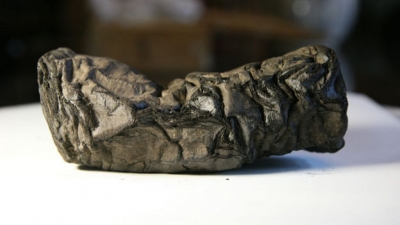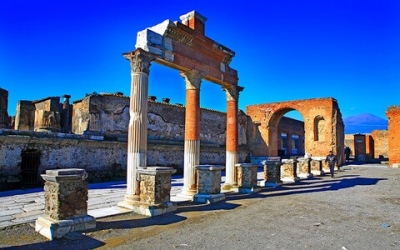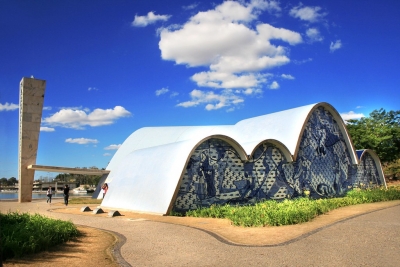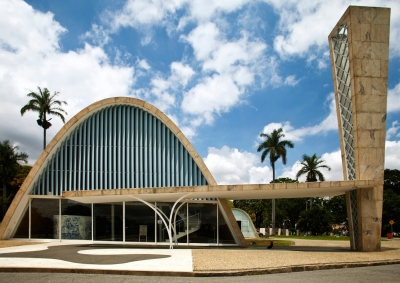What is a scroll? When were the Herculaneum scrolls recovered?

Scroll is a roll of paper or papyrus usually with official writing on it. The scroll is usually unrolled so that one page is exposed at a time. The remaining pages are usually rolled up to the left and right. In Roman usage, the scrolls were written latitudinally.
Between 1752 and 1754, about 1,800 blackened unreadable papyrus scrolls were recovered from the Villa of the Papyri in Herculaneum. The Villa of the Papyri belonged to the family of Julius Caesar, but the ownership of the scrolls per se is unknown.
These scrolls became known as the Herculaneum papyri or scrolls, the majority of which are today stored at the National Library, Naples. But a handful of them ended up in England and France, as gifts from Ferdinand, son of Charles III and King of Naples and Sicily. The Institut de France has six scrolls in its possession. Two of those scrolls, in hundreds of pieces after past attempts to open them, have been taken for the current study.
Picture Credit : Google


